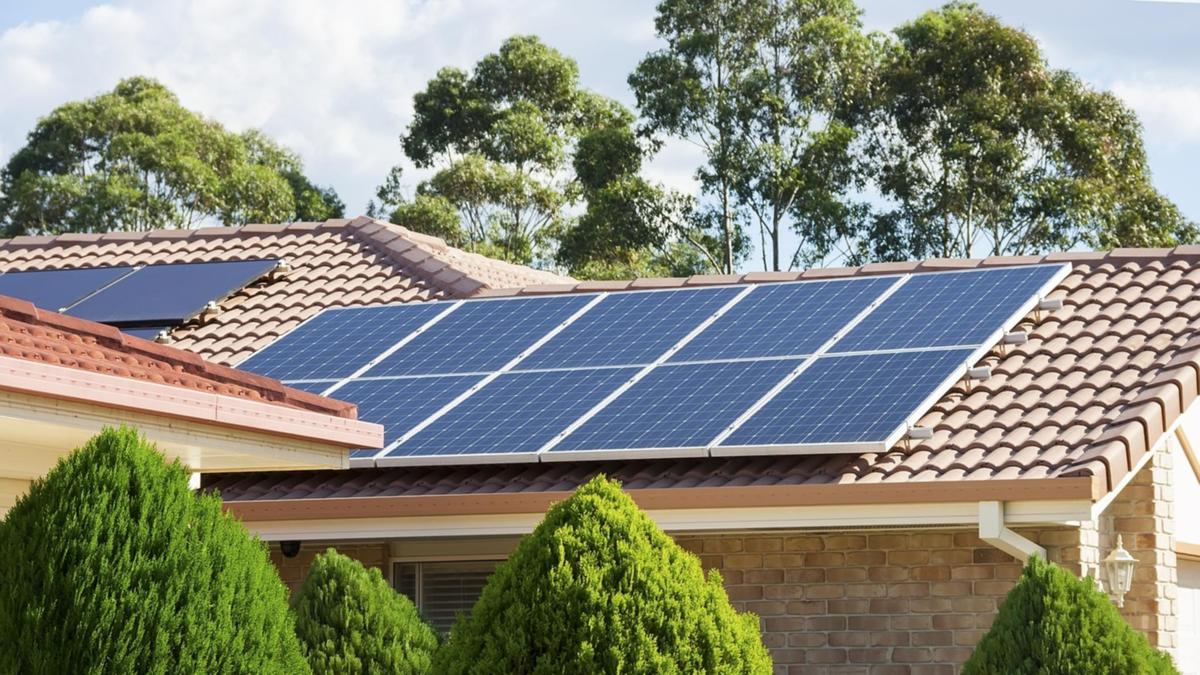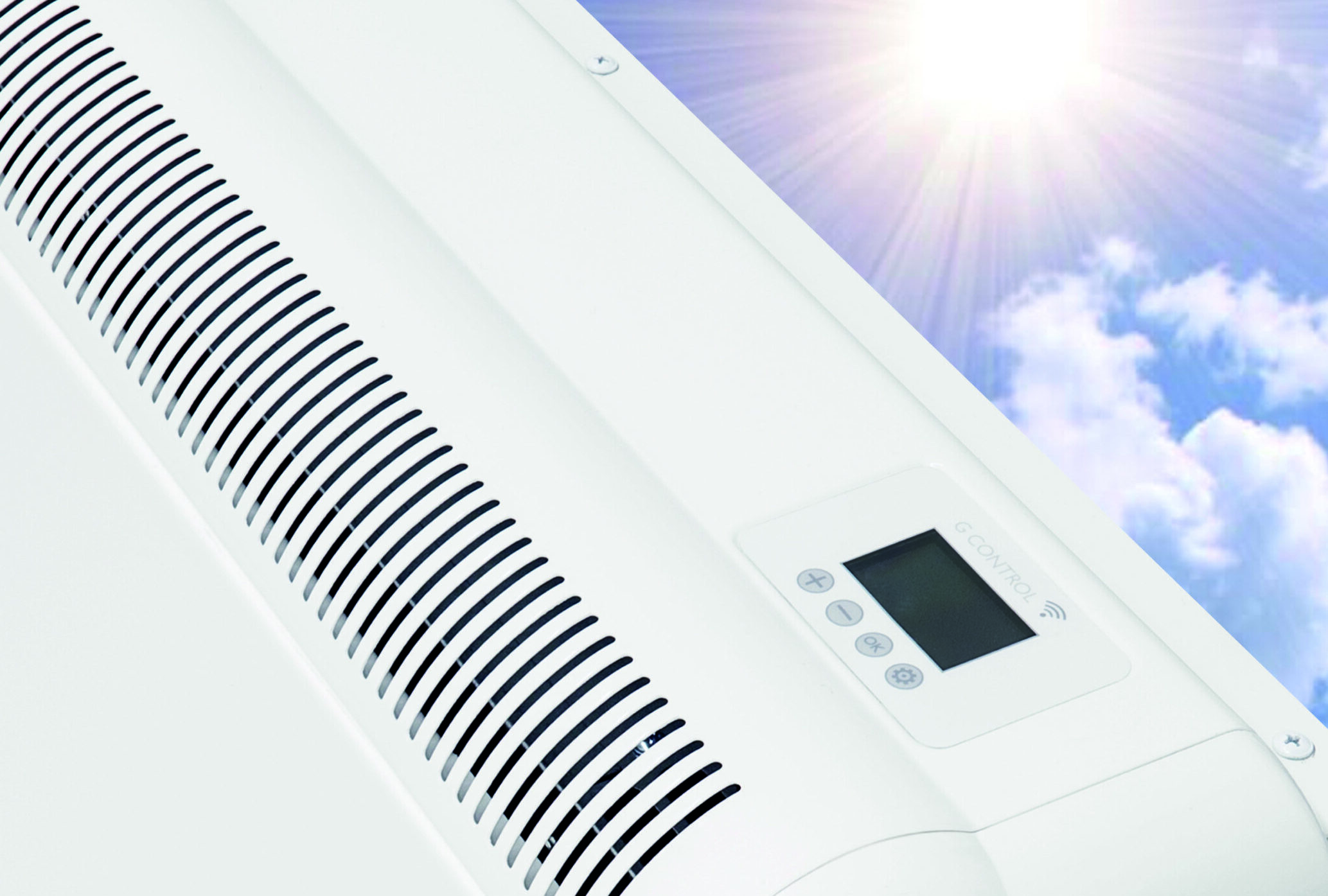Understanding the “Sun Tax”
In 2021, the Australian Energy Market Commission (AEMC) introduced new rules that will allow solar owners to be charged for exporting their excess solar energy to the grid, often referred to as a ‘sun tax’, and explained that these solar tariffs would assist to reduce grid congestion and pay for upgrades.
By the end of 2022, four Australian electricity networks – Ausgrid, Essential Energy and Endeavour Energy in NSW, and Evoenergy in the ACT – had indicated their plans to introduce rooftop solar export tariffs from 2024.
Understandably, there has been a lot of media attention in NSW and the ACT this year, including from radio station 2GB which warned listeners of a looming “solar shock”, which refers to Ausgrid’s plan to charge customers 1.2c/kWh for rooftop solar exported to its network between 10am and 3pm, starting in July this year.
This policy can diminish the financial benefits of having a solar power system, making it crucial for homeowners to find ways to maximize their solar investment and utilize their solar energy more effectively. One strategy to combat these charges is the use of thermal storage heaters, a cost-efficient and practical solution.
What Are Thermal Storage Heaters?
Thermal storage heaters are devices that store thermal energy during periods of excess solar generation and release it when needed. Instead of converting solar energy into electricity for immediate use or export, thermal storage heaters convert it into heat, which is stored in materials like ceramic bricks, such as the Heatwave solar storage heaters. When the demand for heating arises, the stored heat is released, providing a steady and reliable source of warmth.
For example, during the sunny hours of 10am to 3pm, solar panels may produce more energy than the household can use. Instead of exporting this surplus energy to the grid and incurring charges, the energy is directed to the thermal storage heater. This stored thermal energy is then available for use in the evening or night, when the demand for heating typically increases.
Avoid the ‘Sun Tax’ with Thermal Storage
Thermal storage heaters increase the proportion of solar energy used directly by the household thereby maximising self consumption and enhancing the overall efficiency and return on investment of the solar power system. By using excess solar energy to heat thermal storage units instead of exporting it to the grid, homeowners can sidestep the “sun tax.” This stored heat can be used later in the day, providing home heating when solar production is low.
In addition, by reducing reliance on grid electricity during peak pricing periods, thermal storage heaters can lower energy bills. Stored heat can be used during evening and night-time hours, minimizing the need for costly grid electricity.
Thermal storage systems are often more cost-effective than alternatives such as battery storage. The materials used in thermal storage systems, such as high density bricks, are typically less expensive than the materials used in batteries. Additionally, thermal storage systems have a longer lifespan than batteries, reducing the need for frequent replacements.
Conclusion
As export charges continue to impact the financial benefits of solar energy systems, innovative solutions like Heatpac thermal storage heaters offer a promising alternative. By storing excess solar energy as heat, homeowners can avoid the “sun tax,” maximize their solar self-consumption, and reduce their energy bills.
While batteries have been the go-to choice for storing excess solar energy, thermal storage systems can achieve high energy efficiency levels as they can store excess solar energy for long periods without significant losses, which makes thermal storage systems a compelling alternative for storing solar energy.
Why not consider using a thermal storage heater for your home to enhance the effectiveness of your solar power systems and accelerating the transition to a more sustainable energy future. Chat with one of our friendly team today to find out more.
You can read more about this “Sun Tax” by visiting the Augrid Export Pricing Fact Sheet here.




